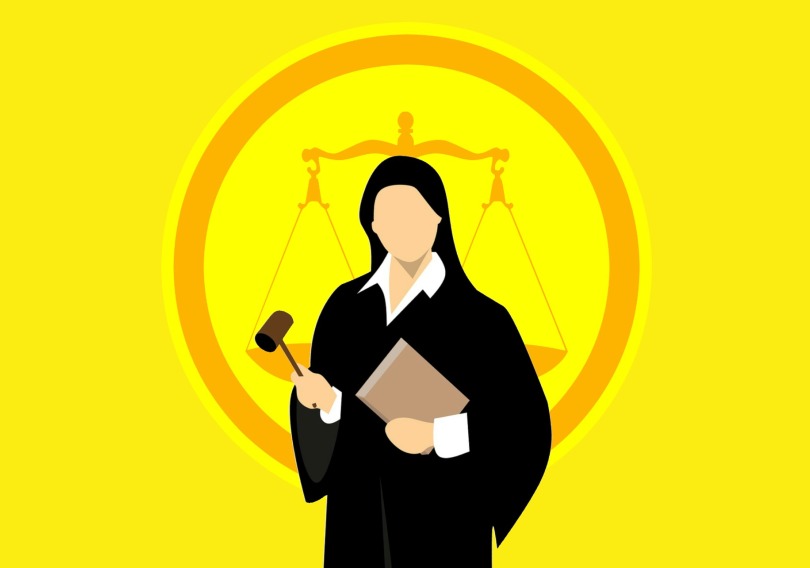There are few things a business owner worries more about than an accident on their property. While employees are covered under workers’ compensation insurance, it’s something else entirely when the injury happens to a third party. Whether the accident is caused by happenstance or by recklessness on the part of an employee, it’s critical to be prepared.
The best way to protect your business is to understand the laws and liabilities surrounding bodily injury lawsuits and to have the right insurance coverage to mitigate damages. A single lawsuit can devastate any otherwise successful company, so having the proper insurance to protect your investment is one of the most important things a business owner should do.
The Insurance Definition of Bodily Injury
In the realm of business liabilities and insurance, bodily injury refers to physical harm, such as injuries, illness, disease, or a resulting death to a third party. On some policies, a bodily injury may also include psychological injuries that stem from physical injuries.
When a customer, client, or even a passerby injured on a business’s property experiences a bodily injury, they can sue the company if they believe the business or an employee directly or indirectly caused the harm — and successful lawsuits can be quite costly. According to Lawyers.com, the average payout for a personal injury (another term for bodily injury) lawsuit is $52,900.
Bodily Injury Lawsuits
Anyone can file a lawsuit for any reason, but winning that lawsuit is something different. So when is a business likely to be held liable for a bodily injury?
The majority of successful bodily injury lawsuits against businesses involve negligence claims. When a plaintiff claims negligence, it means they believe the business failed to provide a reasonably safe environment.
The question then becomes whether or not the business had a duty of care. If the business invited the plaintiff onto their property, for example, if they were a customer shopping at their store when the injury occurred, the company likely had the duty of care. On the other hand, business owners don’t generally owe trespassers the same duty of care.
In court, the plaintiff has to prove that the business breached its duty of care. They must show that this breach caused the injury and that there were tangible, physical, or financial damages caused by the bodily injury. Only lawsuits that meet all three of these standards are likely to succeed.
Third-party Bodily Injury Liability Insurance Coverage
How can businesses protect themselves from bodily injury claims? Aside from improving safety standards and implementing regular employee training, they can purchase commercial general liability (CGL) insurance.
CGL policies cover third-party bodily injury, property damage, and advertising injury claims. If a customer, client, or other party sues a business for in one of these areas, general liability insurance can help pay for medical expenses, physical damages, legal fees, judgments, and settlements. Click here to learn more about the meaning of CGL coverage and how it can protect your business from bodily injury claims.
How Much Does CGL Coverage Cost?
When determining rates for commercial general liability insurance policies, insurance companies take the following factors into consideration:
- The risks associated with your line of work
- The traffic your office or storefront experiences, typically estimated using local population data
- How many people you employ
- How much revenue the company brings in
Protect Your Business from All Eventualities
As a business owner, you can only do so much to secure your business location, train employees, and prevent accidents. However, the efforts you make are critical to preventing bodily injuries. It’s your responsibility — and legal mandate — to create a safe and secure environment for clients, customers, and employees. You can do so by performing a comprehensive risk assessment and mitigating the hazards you identify.
